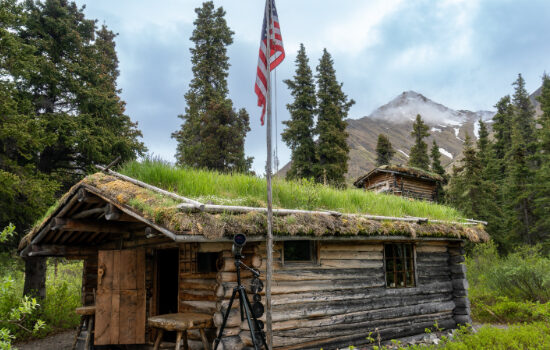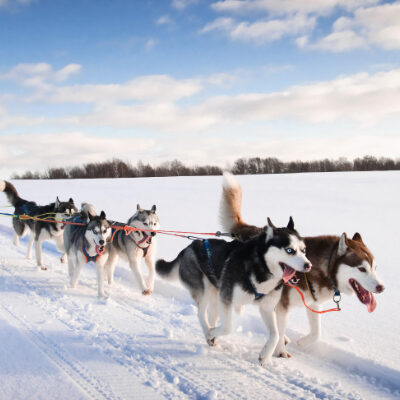TL;DR
- America’s least-visited parks – Gates of the Arctic, Isle Royale, Dry Tortugas, and others – give you real solitude and wild adventure precisely because they’re tough to get to. Forget roads, trails, phones, shops, or easy rescue help. You need to handle things yourself.
- Reaching them usually means long flights, ferry rides, or boat trips. It takes serious planning and money.
- Why so few visitors? Mainly extreme remoteness (especially Alaska), being way out in the ocean (like American Samoa), and having almost no facilities.
- But for adventurers, the payoff is huge: untouched landscapes, unique wildlife (think caribou migrations, bears, ancient trees), important science (like wolf-moose research), cultural history, and deep quiet.
- Just remember, visiting demands thorough prep, total self-reliance, and strict Leave No Trace respect. This is adventure stripped back, valuing raw wilderness over easy access.
The Reality Of America’s Least Visited National Parks
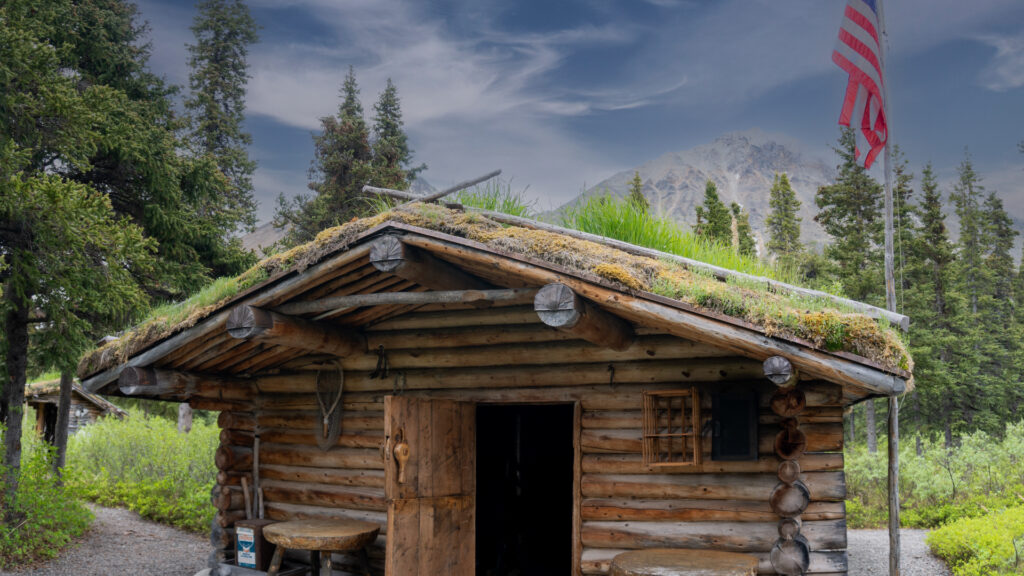
Imagine standing packed in with thousands on Zion’s Angels Landing trail. It feels more like a busy road. Now picture hiking for days where you meet no one. Just pure Arctic wild or ancient forests, unchanged for thousands of years.
That’s what America’s least visited parks offer. Places like the Great Smoky Mountains and Yellowstone get millions yearly. Yet dozens of incredible parks stay unknown to most people. These far-off spots give you something rare now: real solitude, wildlife you won’t find elsewhere, and tough adventures even for seasoned hikers.
Here’s a telling fact: National parks saw over 331 million visits in 2024. But some parks get fewer than 30,000 visitors all year. That’s fewer than one ballgame crowd.
Why These Parks Remain Hidden
Access Isn’t Easy
Forget driving up, paying, and starting your hike. Remote parks? They don’t work that way at all. Places like Alaska’s Gates of the Arctic and Kobuk Valley smash those expectations. You won’t find roads. Not a single one. Trails? None exist there either.
Getting in means chartering a flight deep into wilderness. Then, you navigate yourself using maps, compasses, and GPS.
Other parks demand serious travel too:
- Reaching Isle Royale in Michigan takes a long ferry ride across Lake Superior – about four hours. Or you can charter a seaplane.
- Dry Tortugas sits way out, 70 miles west of Key West. Your only options are boat or seaplane access.
These parks truly define remoteness.
Geographic Isolation Creates Natural Barriers
Five of the ten least-visited national parks sit in Alaska. They’re just so far away from where most folks live. Visiting them takes serious planning and a lot of money.
The National Park of American Samoa is a special case. It’s way out in the South Pacific. As the only U.S. park south of the equator, it’s pretty unique. Most Americans don’t even know it exists.
Alaska Parks:
- Hard to reach due to distance.
- Requires significant effort and cost to visit.
American Samoa:
- Faces unique geographical isolation.
- Lacks widespread public awareness.
Infrastructure Limitations
These parks keep things simple on purpose. You won’t find much built there. Forget about calling home – cell service is usually nonexistent. Camping options are basic and sparse. And if you get into trouble, rescue help isn’t standing by. Visitors need to handle everything themselves.
That lack of amenities isn’t an accident. It’s the whole point. This approach protects wilderness exactly as it is.
Specifically, expect:
- No cell phone coverage.
- Very limited places to camp.
- No rescue services available.
The Top 5 Least Visited Parks: Where Wilderness Reigns Supreme
| Park Name | Location | 2024 Visits | Key Highlights |
| Gates of the Arctic | Alaska | 11,907 | 8.4 million acres, no roads, Arctic rivers |
| North Cascades | Washington | 16,485 | “American Alps,” 300+ glaciers |
| Kobuk Valley | Alaska | 17,233 | Caribou migrations, ice-age sand dunes |
| Lake Clark | Alaska | 18,505 | Volcanic peaks, world-class bear viewing |
| Isle Royale | Michigan | 28,806 | Wolf-moose research, historic shipwrecks |
Gates of the Arctic: Alaska’s Ultimate Wilderness
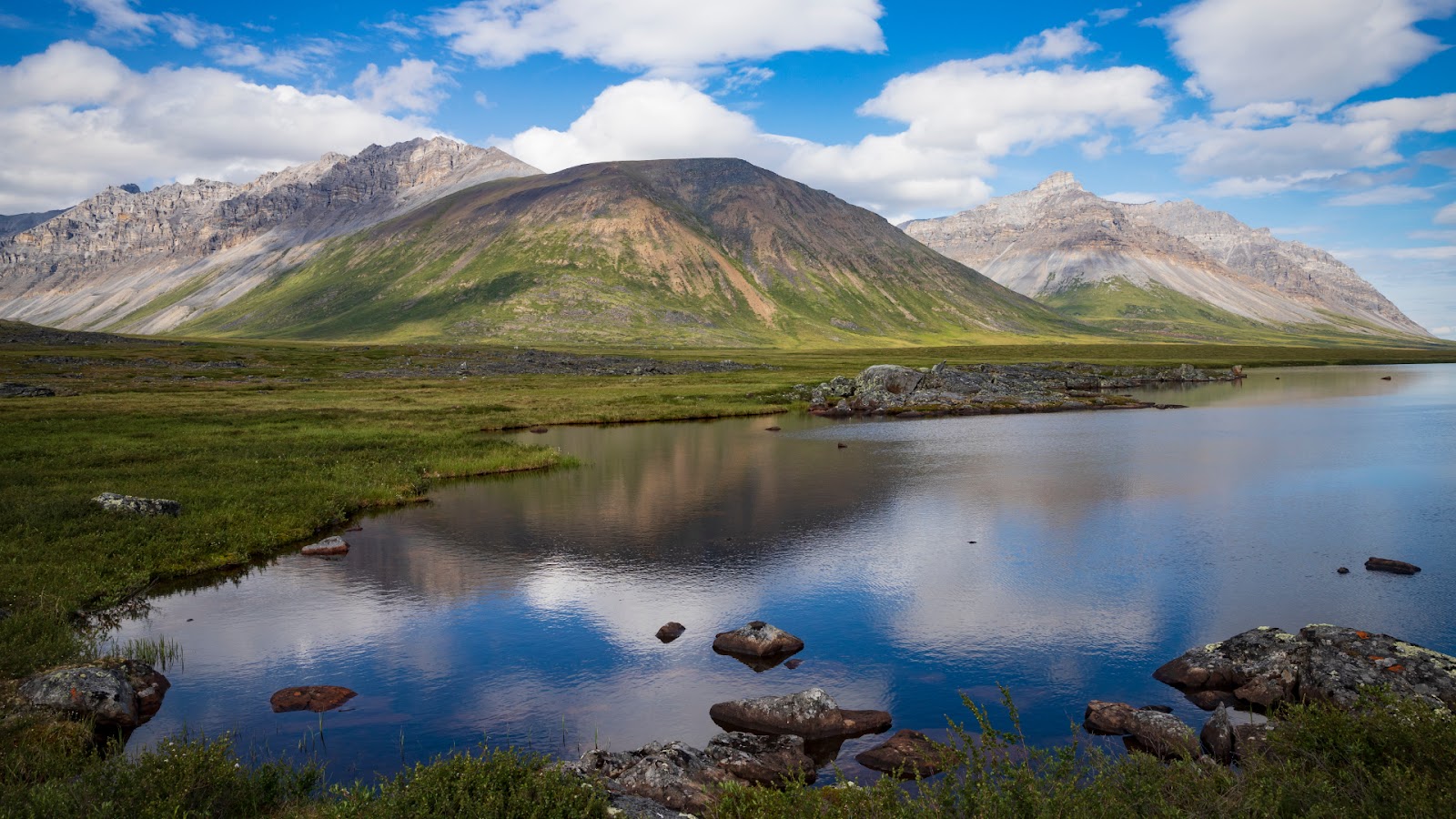
This park gives a blunt warning: “You’re on your own.” Inside its boundaries, no rescue teams exist. Visiting means you need serious wilderness know-how and a satellite communicator.
Imagine 8.4 million acres of pure Arctic wilderness. Rivers run cold and clear through valleys untouched by roads. Caribou, wolves, bears, and more than 145 bird species call it home.
People come mainly for hiking, fishing, and watching wildlife. But forget about marked paths. Finding your way demands real skill with topo maps and a compass.
Key things to know:
- Rescue services simply aren’t available here.
- Advanced wilderness skills are essential.
- A satellite communication device is a must.
- Expect no roads or marked trails anywhere.
- Navigation relies entirely on your map and compass skills.
- Hiking, fishing, and wildlife viewing are the primary activities.
Isle Royale: A Living Laboratory
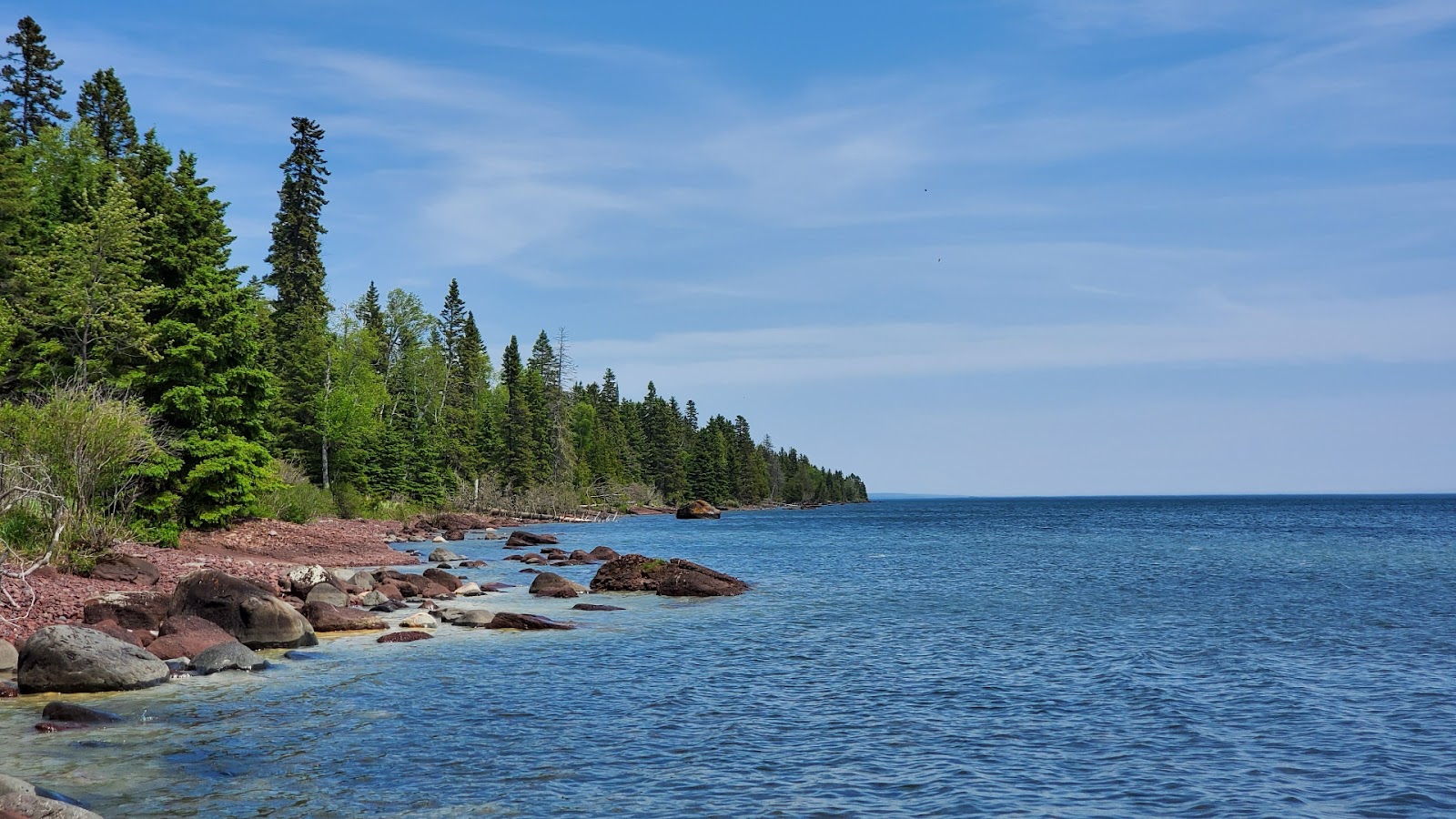
This place in Lake Superior is pretty special. For more than 60 years, scientists have studied wolves and moose here – it’s one of the longest wildlife projects running anywhere. That predator-prey story keeps unfolding.
Isle Royale itself offers 165 miles of trails. You’ll find clear lakes and interesting shipwreck spots too. Visitors can help with research projects sometimes, or just soak up the quiet peace.
Getting there takes planning:
- Ferries run from Michigan and Minnesota, but only in summer.
- Book your trip many months ahead.
- That crossing takes about 4 hours; Lake Superior waters can get rough.
Hidden Treasures in the Lower 48
Dry Tortugas, Florida: Caribbean Paradise
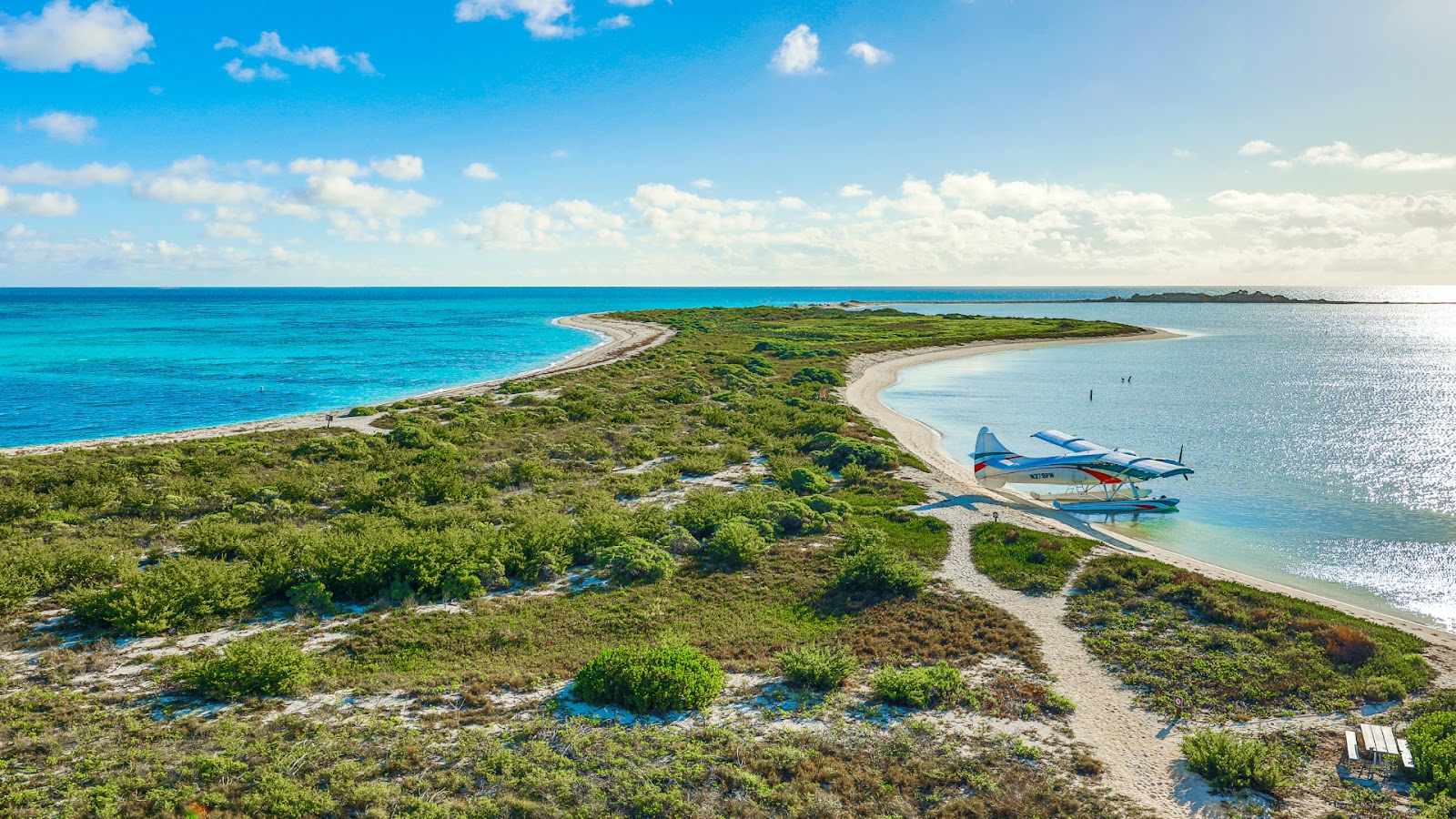
This park sits about 70 miles west of Key West. It safeguards seven small islands plus healthy coral reefs. Fort Jefferson is the star – a huge, unfinished fortress built back in the 1800s.
Here you can find:
- Excellent snorkeling spots.
- Great bird watching opportunities.
- Fascinating historical exploration.
Some areas shut down seasonally to protect nesting seabirds. This also helps keep things quiet and special.
Great Basin, Nevada: Ancient Wonders
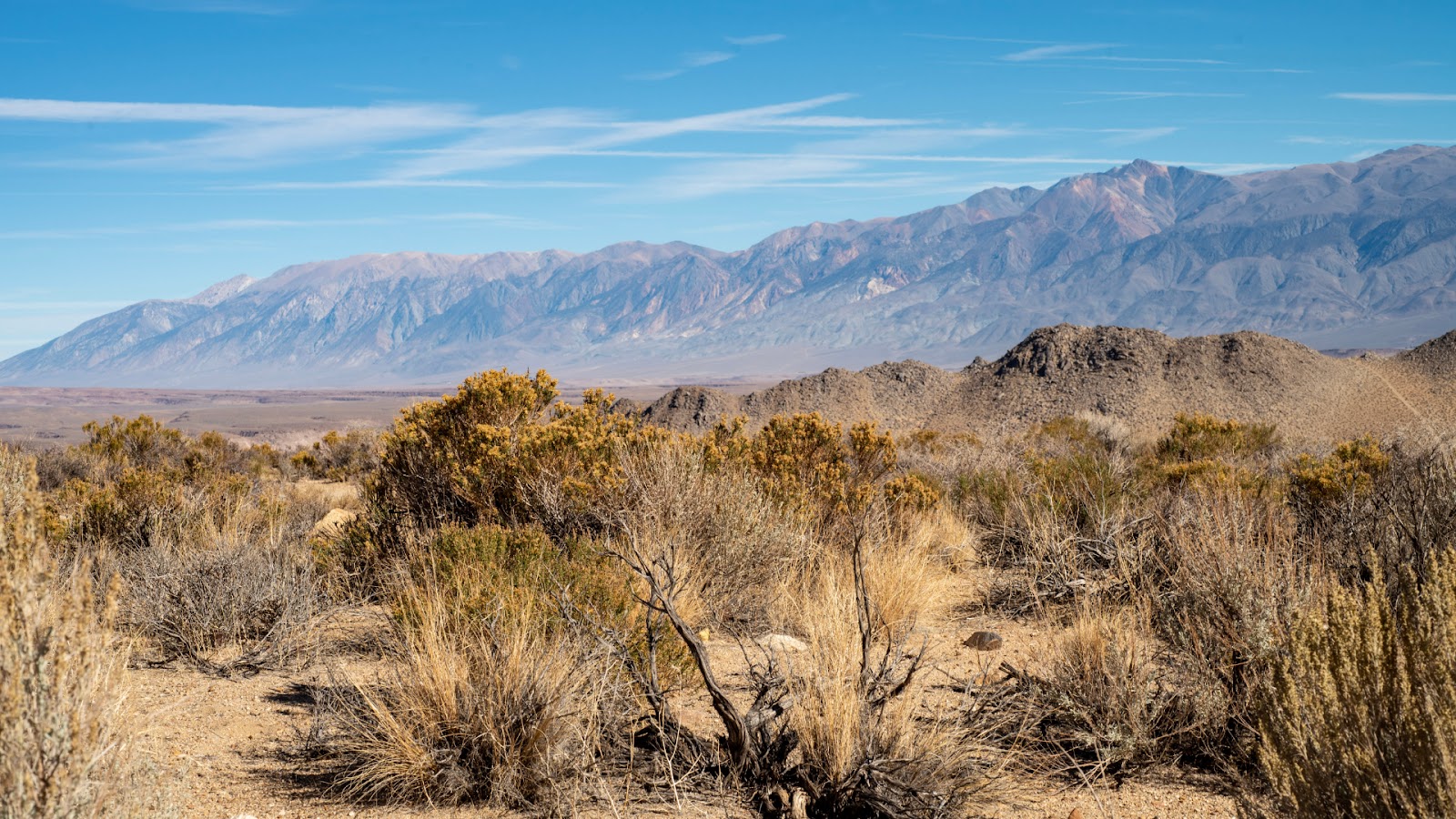
This place safeguards Earth’s truly ancient residents: bristlecone pines. Some have stood for over 4,000 years. They survive where few plants can – high up, in tough conditions.
Down below, Lehman Caves amaze with intricate limestone shapes. Up top after dark, skies become incredibly dark. This park offers prime stargazing.
Key features:
- Bristlecone pines are over 4,000 years old.
- Trees thriving in harsh, high-altitude spots.
- Lehman Caves’ striking limestone formations.
- Exceptionally dark night skies for viewing stars.
Congaree, South Carolina: Primeval Forest
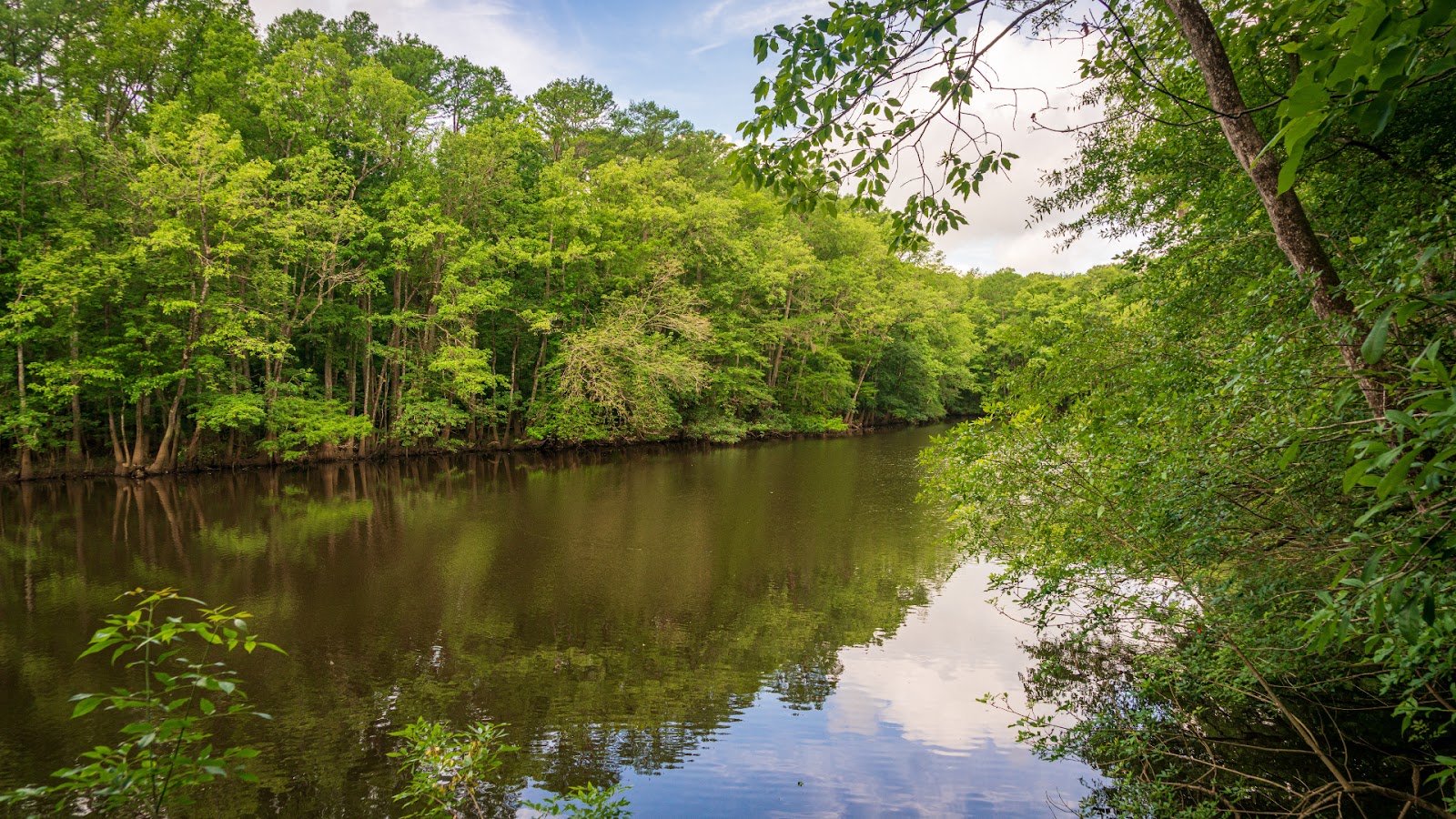
Congaree safeguards America’s biggest old-growth bottomland forest left standing in the Southeast. This special floodplain needs regular floods and fire. That’s how it stays healthy.
You can paddle canoe trails winding through ancient cypress swamps. Or hike boardwalks lifted right above the forest floor. As day turns to dusk, fireflies light up. Nocturnal creatures start their nightly routines.
- It holds the largest Southeast old-growth bottomland forest.
- The floodplain ecosystem relies on water and fire.
- Offers paddling trails among old cypress.
- Features raised boardwalk hikes.
- Fireflies emerge at dusk.
- Night wildlife becomes active after sunset.
Planning Your Adventure: Essential Preparation
Logistics Matter
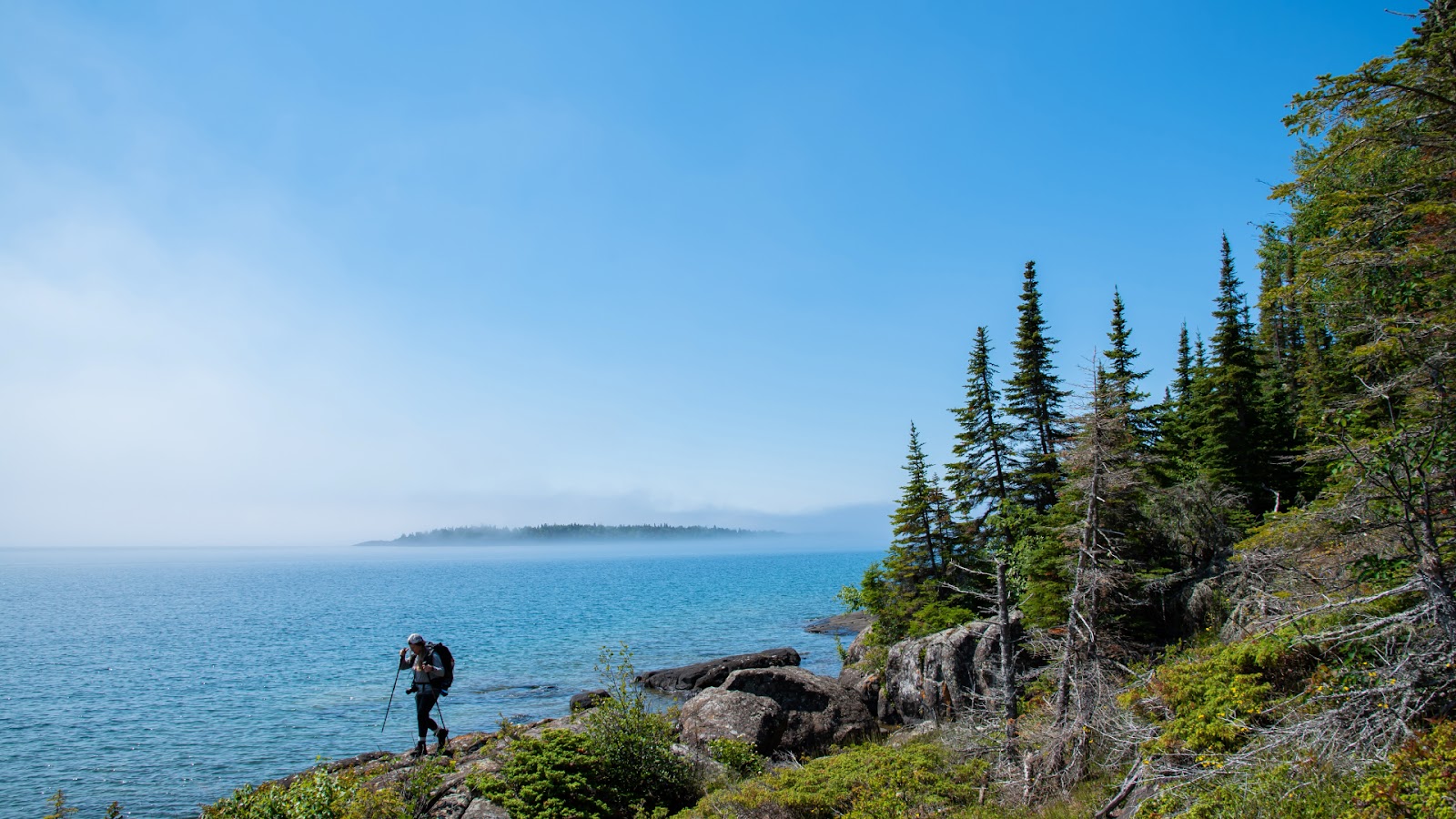
Getting to remote parks takes planning. Book your ferry or flight way ahead – spots for Isle Royale ferries or Alaskan park flights disappear months early, especially on popular dates.
Don’t forget permits. Certain parks need them for camping or special activities. Dry Tortugas, for example, only allows overnight stays at 10 total sites.
Weather can mess with remote travel. Flights and boats get canceled out there.
Build in wiggle room:
- Expect possible delays.
- Have a flexible schedule.
- Plan around possible cancellations.
Safety Comes First
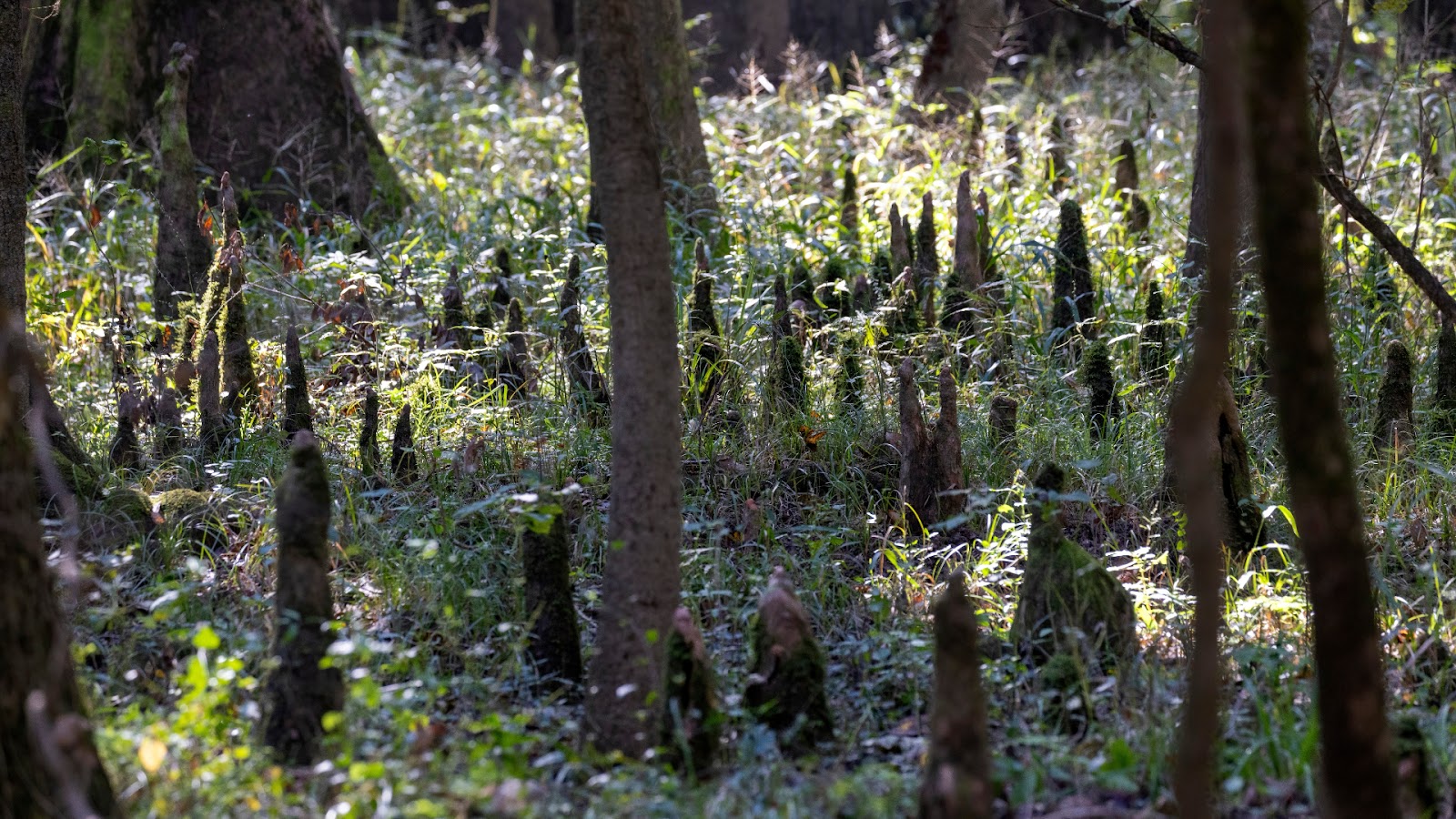
Don’t count on cell service out there – it’s pretty much nonexistent in most parks. That’s why packing a satellite communicator is smart. These gadgets are your lifeline to call for help if things go wrong.
You need solid self-extraction skills, especially in remote spots like Gates of the Arctic. Be ready to handle injuries or gear failures on your own. Rescue could be days away.
Arctic parks have incredibly short seasons. Weather shifts fast and can be extreme. Understand these challenges before you go.
Key takeaways:
- Pack a satellite messenger (no cell service).
- Train to handle emergencies alone.
- Know the short season and volatile Arctic weather.
Respect the Wilderness
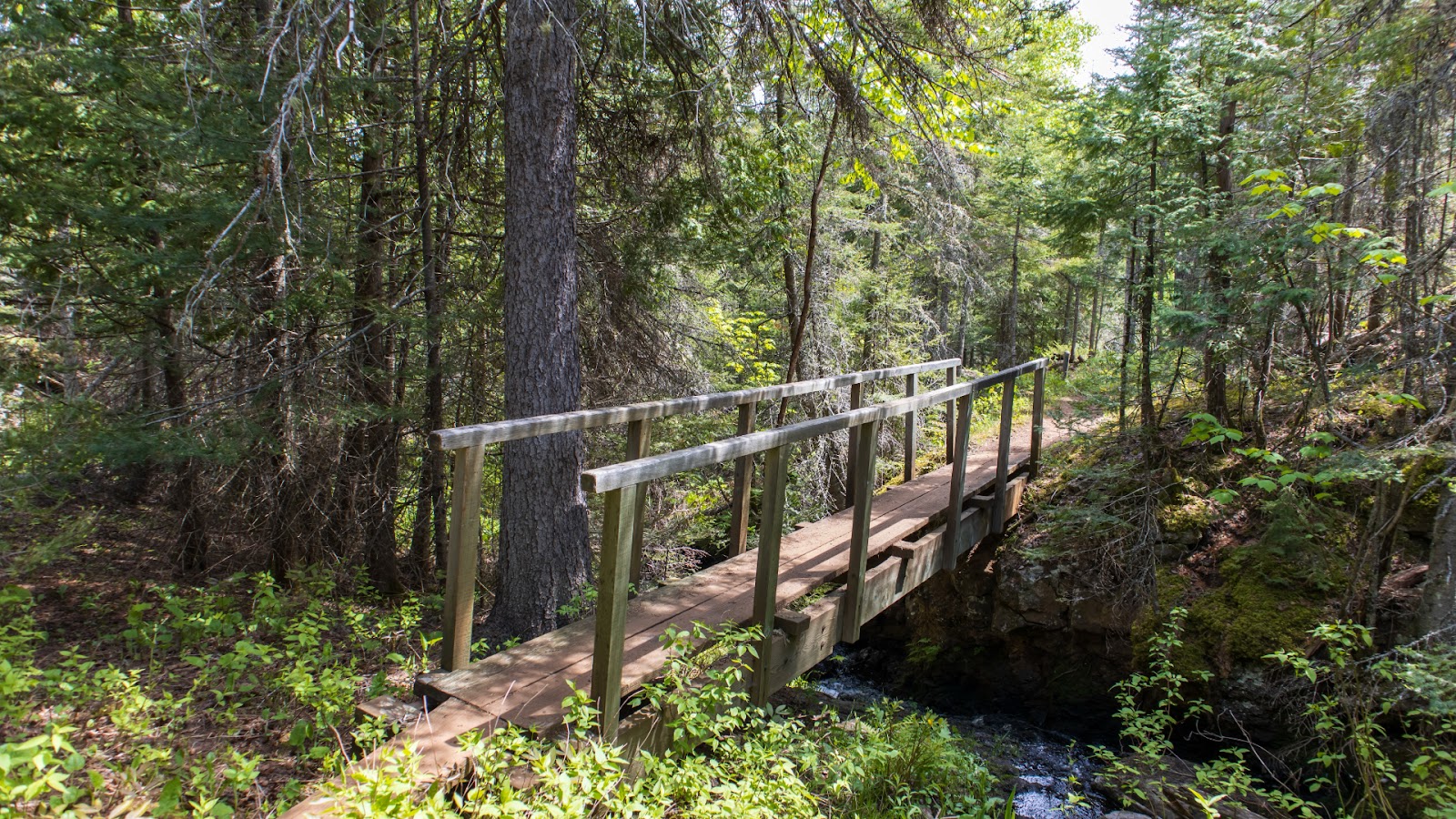
Stick to Leave No Trace principles like they’re essential. These wild places are fragile and can’t be replaced once damaged.
Always give wildlife plenty of space. Places like Katmai enforce strict rules for watching bears. Make sure you know and follow viewing guidelines everywhere.
Help protect these areas. You can:
- Join citizen science projects.
- Volunteer with park programs.
Why Visit These Remote Places?
Experience True Solitude
Finding real peace and quiet feels harder than ever in our always-connected lives. These parks give you something no money can buy: a total break from screens and alerts.
Listen to wind rustling ancient trees, water running over rocks, animals going about their lives. Those sounds haven’t changed for thousands of years.
Contribute to Science
Remote parks aren’t just pretty places; many host active research. Take Isle Royale. Its long-running wolf and moose study reveals key lessons about predators and prey. These findings shape conservation work globally.
You can actually help out. Join citizen science programs during visits. Assist researchers gathering data. Track birds or note climate change effects.
Connect with Cultural Heritage
These parks protect nature and cultural history together. Gates of the Arctic sits on Koyukon and Inupiat homelands. For thousands of years, these people cared for the land, keeping ecosystems healthy.
Supporting such parks means backing Indigenous communities. These groups still maintain deep cultural ties to this land.
The Real Adventure Awaits
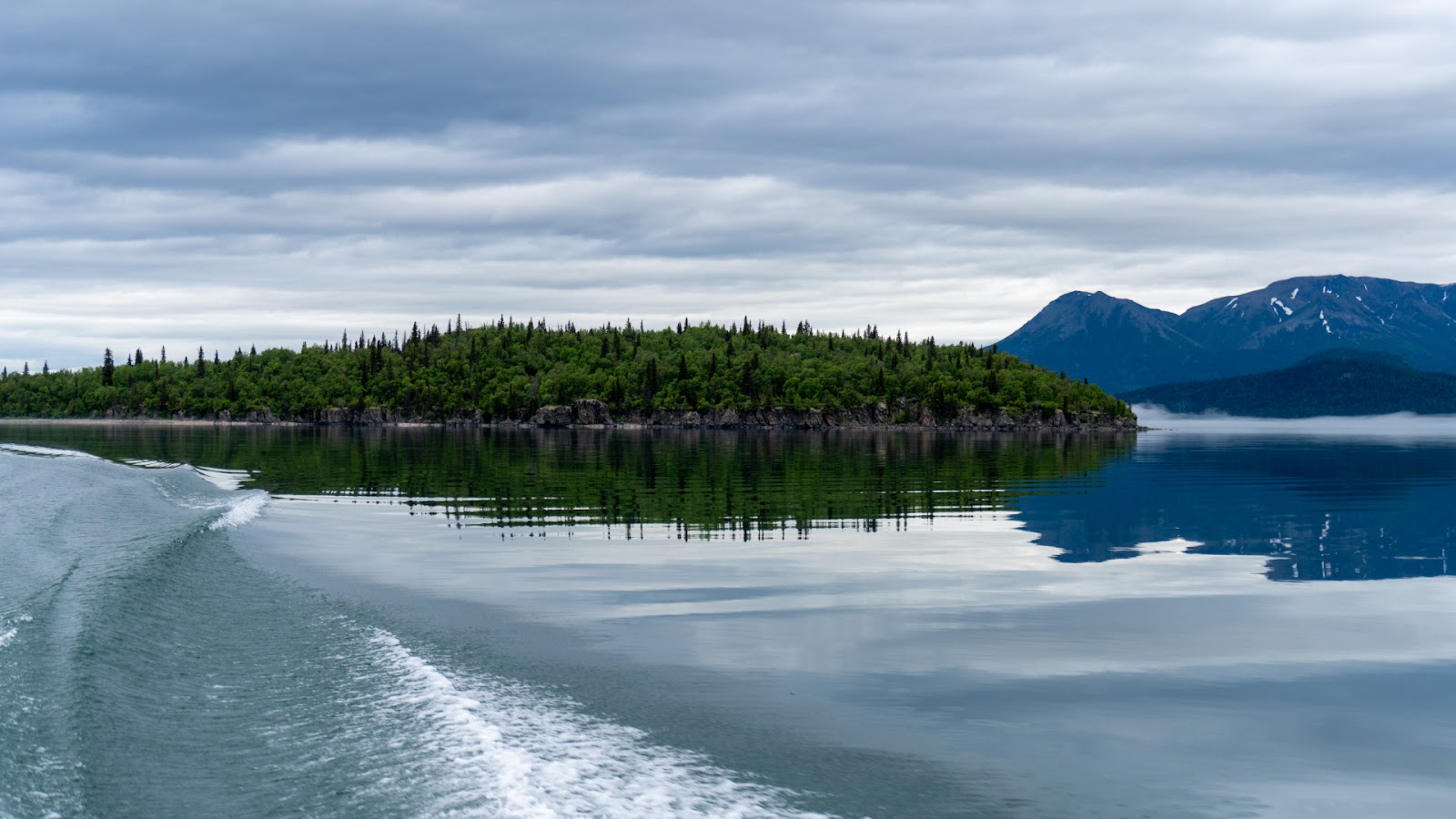
America’s least-visited national parks change how you think about adventure. Forget convenience and comfort. What you get instead is real wilderness. It challenges you. It inspires. It can change who you are.
Keeping these places safe isn’t easy. Tight budgets and fewer staff put them at risk. But you can help. Visit thoughtfully. Push for more funding. Doing this means future visitors get to experience these amazing spots too.
Popular parks will always draw big crowds. That’s fine. But if you go beyond the usual path, hidden national parks give rewards for busy trails never can.
Pack your sense of adventure. Leave expectations behind. Find out what true wilderness really feels like. These parks save more than land. They save the wild spirit that helped shape America.
It’s not about being ready for these parks. It’s about being ready to let them change you.
FAQ
Are These Parks Suitable For Families With Children Or Casual Hikers?
Usually not. These parks need you to be very self-sufficient, fit, okay with risk, and well-prepared. You won’t find trails. Rescue help isn’t quick. Weather can turn bad fast, and wildlife encounters happen. This makes such places tough for young kids or anyone without serious wilderness experience.
But here’s the thing: Dry Tortugas allows easier day trips, and Congaree has boardwalk paths. They’re more accessible options, though still far from cities.
Is There Any Chance Of Cell Phone Service Anywhere In These Parks?
Don’t expect reliable cell service in the vast majority of remote parks. Forget using your phone for calls, maps, or help in an emergency. Getting a satellite communicator – either a PLB or two-way messenger – is essential.
Just not optional for safety. Sure, you might find a weak signal in a few spots, like near a dock or visitor center (think Congaree or Great Basin). But really, don’t count on it happening.
Why Are These Parks Considered “Least Visited”? Is It Just Because They Are Remote?
Getting to these parks is incredibly tough, mainly because they’re so remote. Think Alaskan wilderness or far-off islands like Dry Tortugas or American Samoa. Visiting means facing big hurdles: often, there are no roads or trails at all. Reaching them isn’t cheap or easy – expect long ferry rides, boat trips, or pricey charter flights. Once you’re there, services are minimal.
Forget cell service; facilities and shops are scarce, and rescue help isn’t instant. Weather cuts the accessible season short, especially up north. Harsh Arctic conditions mean a very narrow window. Plus, many Americans just don’t know places like the National Park of American Samoa or Kobuk Valley exist. Parks stay wild by design, without development. That protects the wilderness, but it also means only well-prepared, self-sufficient adventurers usually make the trip.
